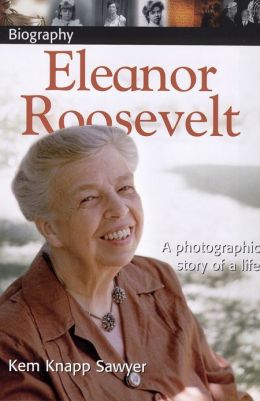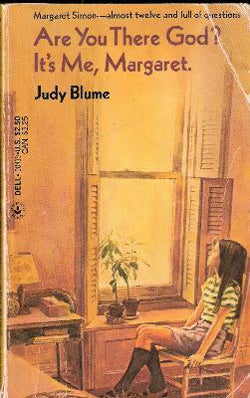Poetry shows the inner soul of a poet and reveals their thoughts and feelings with a creative arrangement and choice of words. Poetry helps students become stronger writers by allowing them to recognize patterns, gain phonemic awareness, and to discover new vocabulary. It can provide a new perspective on writing. Students need opportunities to listen, read, and create poetry.
 Young children may have early poetry memories of Mother Goose rhymes. One of the best recognized poems is Humpty Dumpty. The rhyme was printed around 1810. Some people say that Humpty Dumpty is really King Richard III of England who fell from his horse during the Battle of Bosworth Field. Unfortunately, he was hacked to death by his enemies. During 1642-1649, a large cannon was named Humpty Dumpty and mounted on the Wall of St. Mary's Church in Colchester during the English Civil War. It fell down due to the enemy and was repairs to it were unsuccessful.
Young children may have early poetry memories of Mother Goose rhymes. One of the best recognized poems is Humpty Dumpty. The rhyme was printed around 1810. Some people say that Humpty Dumpty is really King Richard III of England who fell from his horse during the Battle of Bosworth Field. Unfortunately, he was hacked to death by his enemies. During 1642-1649, a large cannon was named Humpty Dumpty and mounted on the Wall of St. Mary's Church in Colchester during the English Civil War. It fell down due to the enemy and was repairs to it were unsuccessful.
During the 15th century, people referred to a short, clumsy person as Humpty Dumpty. During the 17th century, a drink made of ale and brandy was called Humpty Dumpty. Probably because with too much you could fall over!
 Humpty Dumpty makes an appearance in the story,Through the Looking Glass. by Lewis Carrol. Alice meets Humpty Dumpty along her adventure. She asks his advice to decipher the Jabberwocky and the two have a discussion. He helps her understand portmanteau, or the joining of two words to create a new one, i.e. slithy = lithe + slimy The discussion isn't going as well as Alice would have liked. As she left and complained, she could hear a crash through the forest.
Humpty Dumpty makes an appearance in the story,Through the Looking Glass. by Lewis Carrol. Alice meets Humpty Dumpty along her adventure. She asks his advice to decipher the Jabberwocky and the two have a discussion. He helps her understand portmanteau, or the joining of two words to create a new one, i.e. slithy = lithe + slimy The discussion isn't going as well as Alice would have liked. As she left and complained, she could hear a crash through the forest.
Many respresentations of Humpty Dumpty have been created over time and the illustrations seem to tell a different story. The rhymes themselves change with each version as well. Notice how this picture shows a member of the army pushing Humpty Dumpty:
Humpty Dumpty
Humpty Dumpty sate on a wall, Humpty Dumpty had a great fall; Threescore men and threescore
more Cannot place Humpy Dumpty as he
was before.
 |
| Humpty Dumpty has been portrayed as Hitler by this Russian artist in 1942. He was a POW in WWI and so it seems reasonable why this would become a political cartoon as well. |
Narrative Poems:
One of my favorite poems is "The Road Not Taken" By Robert Frost.









